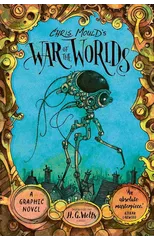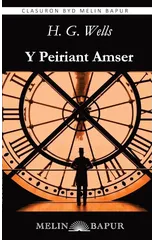Mr Bensington and Professor Redwood were amongst that new breed of men - or 'scientists' as they had become known. They discover Herakleophorbia IV, a chemical foodstuff that accelerates growth, and, after a series of experiments, the countryside is overrun with giant chickens, rats, wasps and worms. Havoc ensues, but Benson and Redwood are undeterred and begin to use 'the food of the gods' on humans. Soon, children are growing up to 40 feet high. But where will the experiments end? H. G. Wells was responsible for an entirely new genre of writing. It was his bold, daring and hugely innovative books that first introduced readers to the concept of time travel, invisibility, genetic experimentation and interstellar invasion - ideas that have gone on to inspire future generations and given rise to the entire science fiction industry.
H.G. Wells
H.G. Wells was a prolific English writer best known for his science fiction novels. His most notable works include "The War of the Worlds," "The Time Machine," and "The Invisible Man." Wells' writing style was characterized by his imaginative storytelling, social commentary, and exploration of scientific concepts. He is often credited with popularizing the science fiction genre and influencing future writers in the field. "The War of the Worlds" remains his most famous work, depicting a Martian invasion of Earth and exploring themes of imperialism and the resilience of humanity. Wells' contributions to literature have had a lasting impact on the genre of science fiction and continue to be celebrated to this day.





